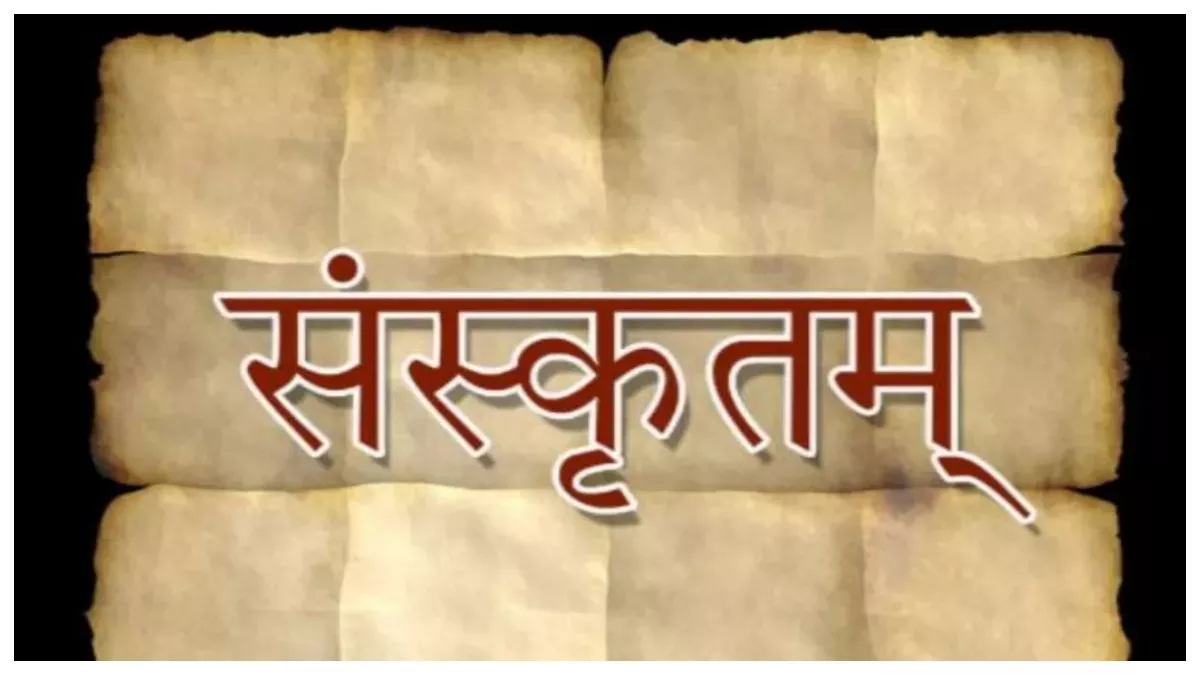The Third Language Puzzle, Hindi in the South, Sanskrit in the Hindi Belt
Why in News?
The debate surrounding the three-language formula in Indian schools has resurfaced with questions being raised over whether students truly have a choice in selecting their third language. Recent data reveals a trend where Hindi is commonly chosen in non-Hindi states while Sanskrit dominates in Hindi-speaking regions, not necessarily due to imposition, but due to availability and systemic defaults. 
Introduction
The three-language formula, adopted in 1968, aimed to promote linguistic harmony by encouraging school students to learn a regional language, Hindi or another Indian language, and English. While its intent was noble, its implementation has faced challenges and inconsistencies across states.
Key Insights from the 2009 Data
1. Third Language Patterns
-
Hindi is the preferred third language in non-Hindi-speaking states due to the lack of qualified teachers for regional or classical languages like Tamil or Telugu.
-
Sanskrit dominates in Hindi-speaking regions due to similar availability issues.
2. Implementation Status
As per Table 1, most states officially adopted the three-language formula. However, Jammu & Kashmir, Tamil Nadu, and Puducherry did not.
3. Teaching Trends
Table 2 shows:
-
Bihar: 64% of schools teach Hindi, but a significant 61.8% teach Sanskrit as a third language.
-
Delhi: 88.5% of schools offer Hindi, and 53.7% Sanskrit.
-
Karnataka: Only 57.5% of schools teach Kannada, while 35.0% offer Sanskrit.
4. State-specific trends
-
Gujarat: 97.6% of schools teach Hindi in primary.
-
Odisha: 47.9% of schools teach Hindi, despite being a non-Hindi-speaking state.
-
Tamil Nadu: Only 3.2% teach Hindi – an outlier due to its longstanding resistance to Hindi imposition.
Reasons Behind These Trends
Officials suggest that lack of supply (teachers), combined with institutional defaults, nudges schools toward offering Hindi or Sanskrit. For example, Uttar Pradesh’s Madhyamik Shiksha Parishad noted that even students from Tamil Nadu studying there were more likely to learn Hindi or Sanskrit due to limited alternatives.
Moreover, parents and schools often prefer languages that help with future education or job prospects, contributing to the popularity of Hindi and Sanskrit.
Challenges and the Way Forward
-
The absence of truly optional language choices undermines the spirit of the three-language policy.
-
Infrastructural gaps, such as lack of trained teachers in regional languages, must be addressed.
-
The policy must shift from token compliance to real inclusivity, ensuring students can study languages that reflect their culture and choice.
Conclusion
While the three-language formula was designed to promote linguistic diversity, in practice, it often reflects systemic limitations rather than student preference. A renewed focus on supply-side reforms, teacher training, and regional empowerment is needed to preserve India’s multilingual heritage.
5 Q&A: Understanding the Three-Language Formula Debate
Q1. What is the Three-Language Formula?
It is a policy promoting the study of three languages in schools: a regional language, Hindi or another Indian language, and English.
Q2. Why is Sanskrit so prevalent in Hindi-speaking states?
Due to teacher availability and lack of alternatives, Sanskrit is often the default third language, even when not actively promoted.
Q3. Why is Hindi taught widely in non-Hindi states?
Lack of teachers for other Indian languages and administrative preferences lead schools to default to Hindi as the third language.
Q4. Which states have not implemented the three-language formula?
Jammu & Kashmir, Tamil Nadu, and Puducherry are the only states/UTs that have not adopted the formula officially.
Q5. What can be done to ensure better implementation of the language policy?
Improving teacher recruitment, investing in regional language education, and offering true student choice are key steps forward.








